Let's move on to the most exciting question, performance. We have deliberately used original versions of widely used applications and added only a few completely synthetic benchmarks. In addition, since we perform each run with three iterations, the test of a single graphics card takes just under eleven hours. This restricts us a little in the selection process, so that we have compared the Radeon Pro WX 7100 with its direct competitor Quadro M4000 and the two predecessor models, which are still offered quite cheaply in some cases.
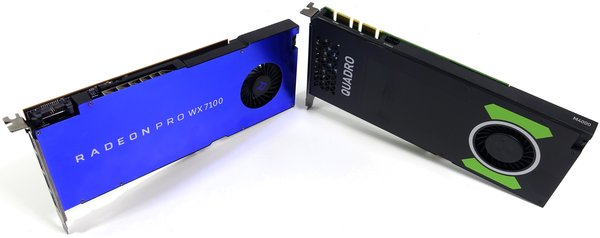
We have deliberately dispensed with equivalent consumer cards. Because if you use software that requires certified drivers, you won't get very far with such cards here, as many functions are no longer available from home. One such application is, for example, Solidworks 2016, which we tested with and without FSAA in the SPECapc workload:
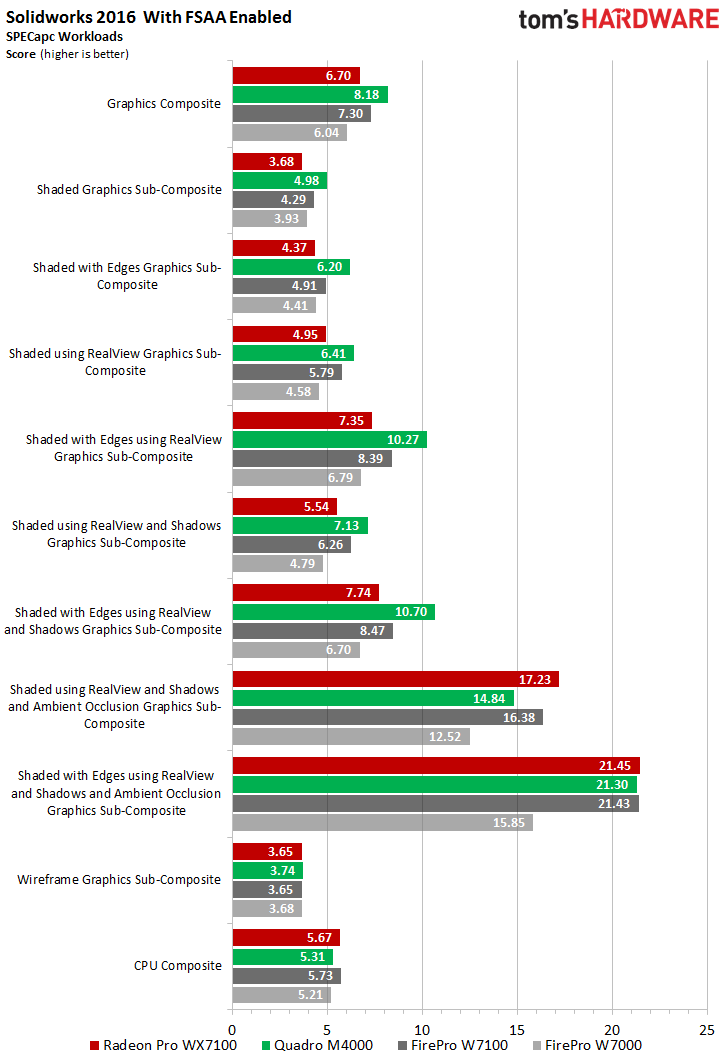
Whether you use edge smoothing or not, the differences between the targeted Quadro M4000 and the Radeon Pro WX 7100 are quite small. Most of it can only be seen in detail, so we have also listed the whole sub-scores.
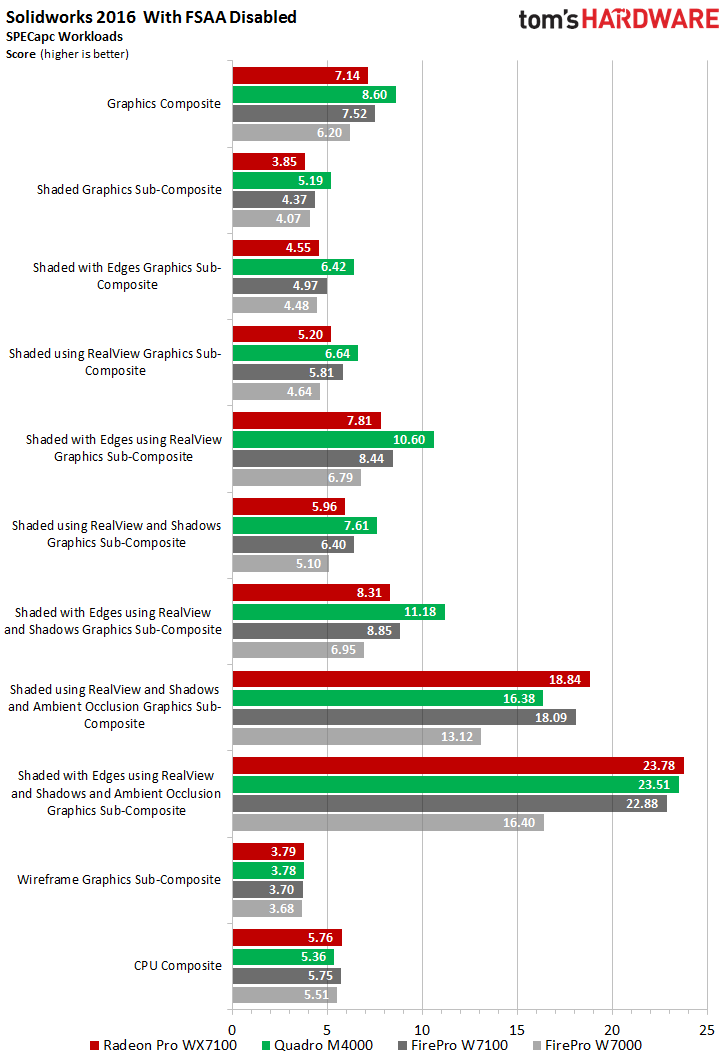
The same applies to Creo 3.0, where the Quadro M4000 apparently performs really badly in the overall result:
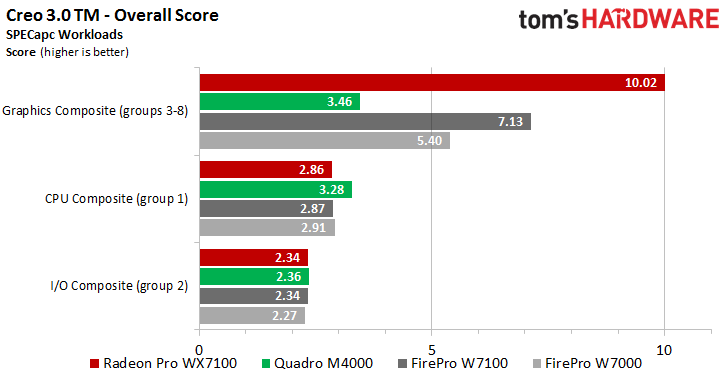
Especially in the graphic sub-scores, the Quadro M4000 sees no country. But that wasn't always the case: Even in the summer of this year, we tinkered with amD for a long time on a fault diagnosis, because Creo 3.0 did not run stable on the firepro cards in the current versions (from M90). In the meantime, however, the driver has not only been able to make up for this shortcoming, but has more than been able to make up for it.
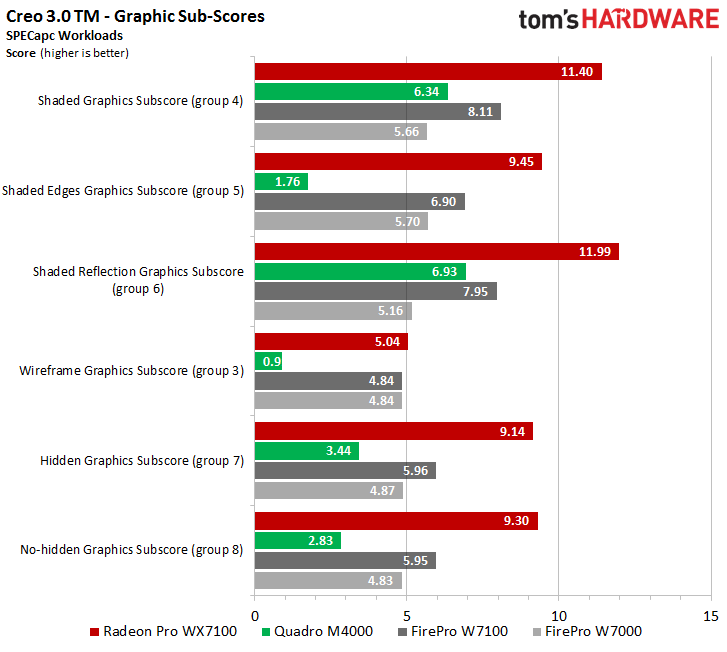
If, on the other hand, one looks at the very balanced application workflows, then one can see very clearly that the Quadro M4000 collapses so clearly due to the much lower computing power. No good optimizations help, because AMD has succeeded quite well in saving the theoretical lead from the paper down to the road.
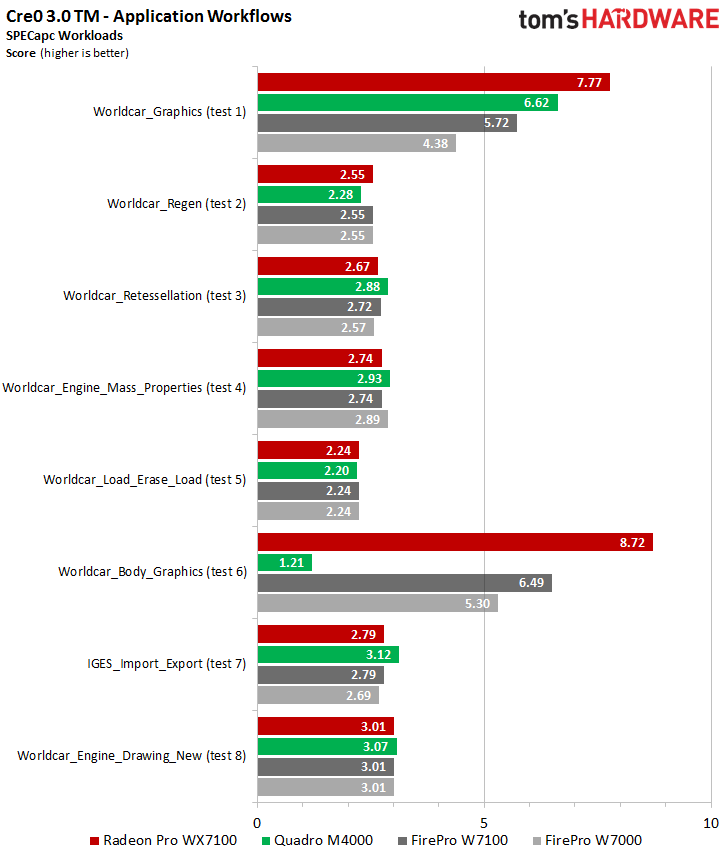
At AutoCAD, Autodesk relies on DirectX11 as a graphical interface and also relies quite intensively on the CPU for all necessary calculations. And so it is not surprising that the 2D output in particular is more CPU-limited than GPU-limited. Only the FirePro W7100 is a small (but reproducible) tick slower for 3D representations. By the way, normal consumer cards would make at least as good a figure here, as long as you don't need any special features.
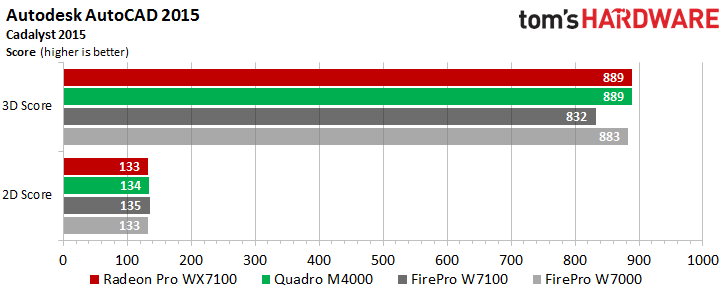
Cinebench is such a synthetic bechmark that allows you to estimate OpenGL performance quite well if each manufacturer shows how well it can optimize for a benchmark. Consequently, the Radeon Pro WX 7100 wins here, although it is always amazing what Nvidia can "conjure out" from the nominally much weaker Quadro M4000. This is especially true in comparison to the predecessors FirePro W7100 and 7000.

Since we were often asked if Adobe's Creative Cloud needed a workstation graphics card at all, we also included this comparison, with the answer being an almost unambiguous no. With the exception of a few hardware-accelerated filters or plugins, the CPU is clearly in the foreground.

This relative balance is also reflected in the individual applications behind the overall score, which are just as balanced.
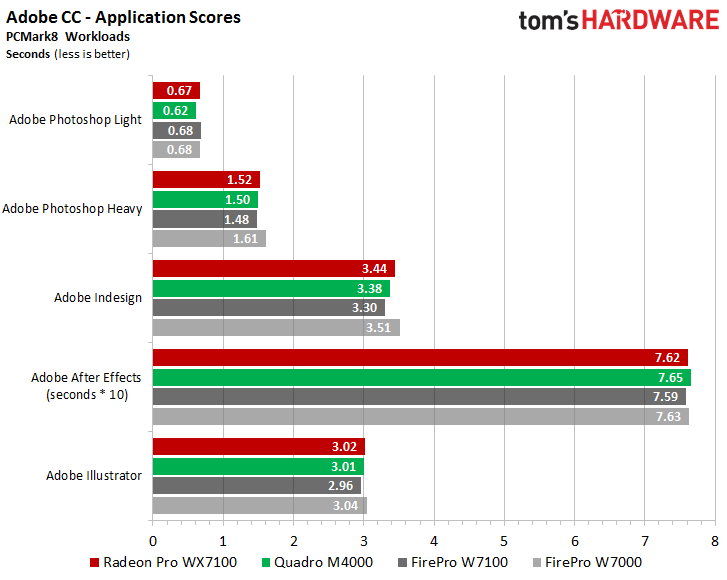
Which brings us to the last test, which is also more synthetic, because unpredictable and unpredictable workloads are excluded. Thus, each manufacturer had and has enough time and opportunity to adapt its drivers accordingly. That's why we see the SPECviewperf benchmark with a laughing eye and a crying eye, even if it has to be completed for completion.
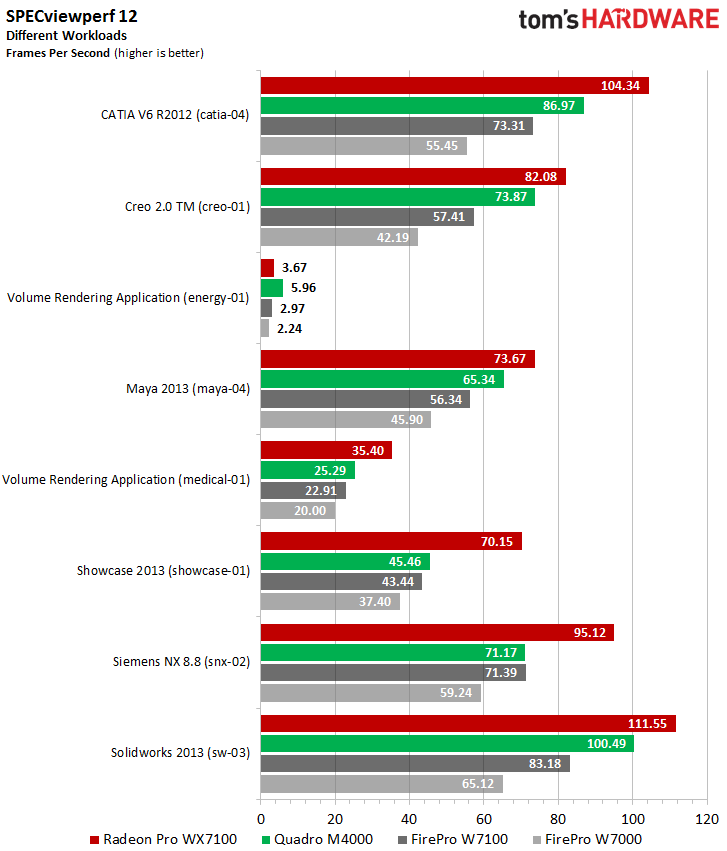
Intermediate conclusion
Whether it's dead-optimized synthetics or real applications, AMD has done its homework pretty well – at least for our benchmark selection. At this point, we must also positively highlight the increased efforts of the driver team. As mentioned earlier, not only was our feedback on Creo 3.0 taken into account and processed, but also a short-term remedy was provided at Solidworks 2016, where we were able to log problems with the use of FSAA. These mistakes are now a thing of the past.


















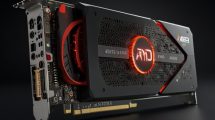
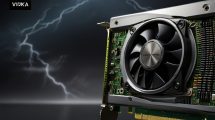













Kommentieren